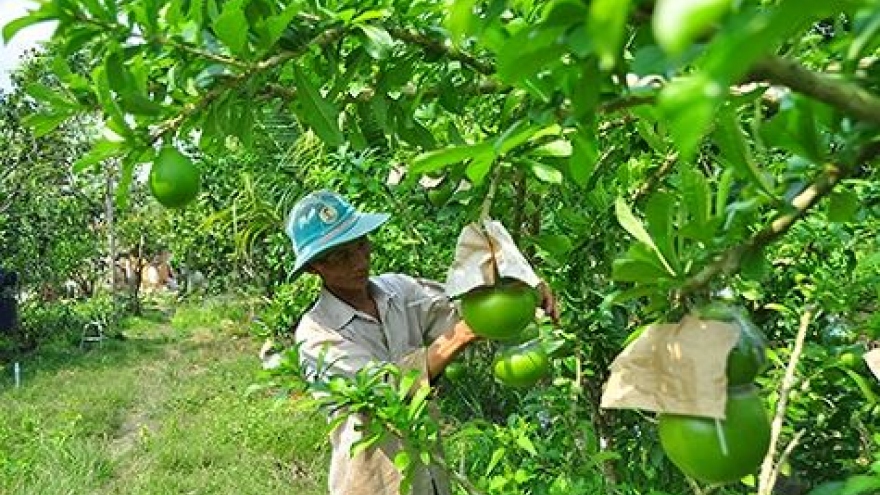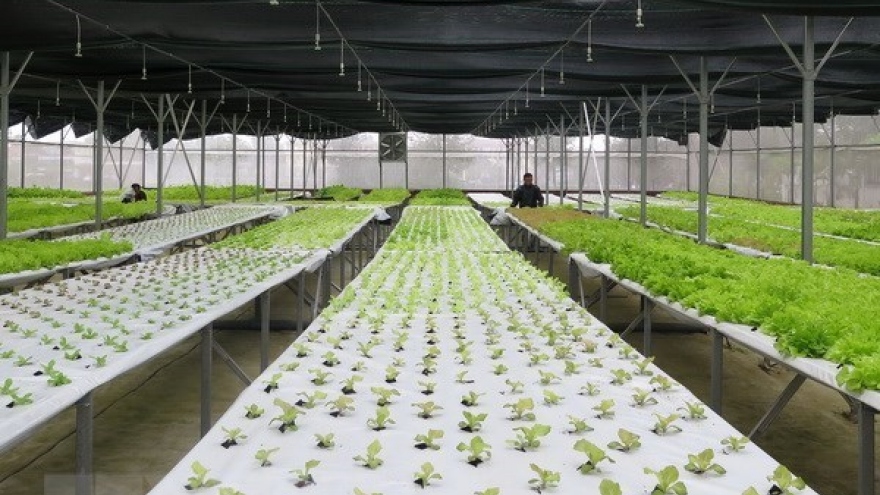Vietnam’s economic growth relying more on domestic market
Imports and exports of the foreign invested sector in 2018 grew more slowly as a result of problems in the global market, while imports from the domestic sector grew by 16.4 percent, which showed high domestic demand.
 |
| FIEs made up 70 percent of Vietnam's exports |
However, the import and export growth rate of the foreign sector has been growing more slowly, by 10.8 percent and 12.4 percent in 2018, much lower than the 26.6 percent and 22.9 percent in 2017, and lower than that of domestic enterprises, by 16.4 percent and 15.4 percent.
FIEs’ exports depend on the two biggest export items – mobile phones and computers which make up 28.6 percent and 16.2 percent of total export value. Meanwhile, the exports of both products decreased sharply in the last months of 2018.
Computer and computer accessories’ exports witnessed minus growth rates in the last two months of 2018, resulting in modest export growth rate in 2018 of 12.5 percent, much lower than 36.9 percent in 2017.
In December, mobile phone exports dropped by 39.7 percent compared with November and by 26.3 percent compared with December 2017. The yearly growth rate was 8.5 percent, the lowest growth rate since Vietnam began exporting mobile phones in 2010.
CafeF cited an IDC report as saying that the global smartphone sales dropped by 6 percent in the third quarter of 2018 to 355.2 million. China, the biggest smartphone market which consumes 30 percent of the global output, also saw a drop of 8.8 percent in 2018.
FIEs still maintained a high export growth rate of other advantageous product items such as cameras (31.2 percent), machines and equipment (27.4 percent), textiles & garments (15.1 percent) and steel (53.8 percent). However, the high growth rates could not offset the slowdown of other products.
The FIEs’ imports in 2018 were also weaker because they mostly imported materials to make products for export.
Meanwhile, the imports by Vietnamese enterprises grew sharply by 16.4 percent, while some product items saw growth rate of over 20 percent such as plastics and fabric. The crude oil imports increased by six times with turnover of $2.7 billion as the Nghi Son Oil Refinery has become operational. However, the imports of petroleum products increased by 6.8 percent only.
The imports of pharmaceuticals decreased by one percent thanks to the policy on prioritizing use of Vietnam-made products. The imports of automobiles also decreased as people were hoping that car prices would decrease thanks to ATIGA (ASEAN Trade in Goods Agreement).




